I found this discussion of QAM in a communications text book and internet.
"...load it into Matlab using
imread(), which will give you an array ofRxCx3integers for an RGB colour image. Serialise however you want (e.g. usingreshape()to get a1x(R*C*3)vector). Add FEC and interleaving/puncturing if desired. Once you know how many bits/symbol you are using (QPSK would be 2, 16-QAM would be 4 etc.) then you can split each element of your array up into groups of bits (e.g. 2 at a time, 4 at a time... if 6 or 12 at a time you'd need to work with pairs of elements), apply Gray coding or whatever mapping scheme you wish to use to map each group of bits to a complex number, then put that in the array elements corresponding to data-bearing carriers of your frequency-domain vector. Continue until it is full. Populate the pilot carriers that you wish to use with the desired symbols. Take the inverse FFT of the frequency-domain vector. Voilà, a baseband OFDM symbol in the time domain. Continue until you've used up all your image data."
But I read the next formula in one paper, and I do not know how to express the sinc or square waveform into $$ f(t) = A(t)\exp(j\theta(t) ) $$ and I do not see how to connect this equation with the method described above.
Can someone help me to figure out this?
Thanks a lot!

